History of Cannabis
The history of cannabis is divided by three species of pot.
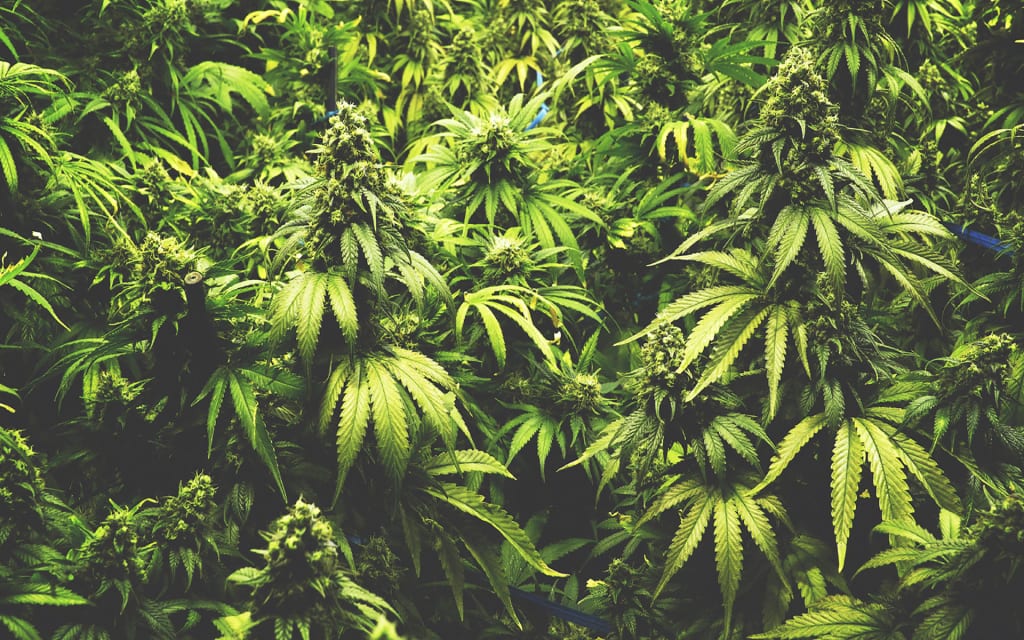
The marijuana you smoke may already be legal, if courts listen to the most current botanical information, the argument goes like this. By present federal law, marijuana is defined as one particular plant species: Cannabis sativa, identified by Linnaeus in 1753. According to the best botanical research now available, however, there are several other species of cannabis. Among the species accepted by other governments and botanists around the world are Cannabis indica, classified by Lamarck in 1783, and Cannabis ruderalis, established by the Russian botanist Janischewsky in 1924. When a whole, mature plant is available for inspection, botanists can with some assurance identify the species to which it belongs, but when the plant is chopped up, dried, cleaned, and popped into a baggie ready to be blazed, it is impossible to tell which species it is. Therefore the government, when it busts you for a lid, cannot prove that what you possess is in fact the forbidden species Cannabis sativa and not one of the others; the government can't prove that the weed you have is illegal.
Know Your Bud, Stay Out of Trouble
Interestingly, the three species accepted by contemporary botanists who have studied the plant most carefully can also be identified from the most ancient information about cannabis in the world. In very general terms, Cannabis sativa L. (the "L" stands for the Swedish botanist Linnaeus, the father of modern taxonomy) is the tall, thinly branched, large-seeded hemp plant of northern Europe. It produces a relatively weak drug, and is primarily cultivated for the long fibers inside its stalk, which make some of the toughest ropes and textiles in the world. Long before Linnaeus, it was gracefully drawn from life by the botanist Leonhart Fuchs of Basel, Switzerland, in 1542.
Fuchs' drawing, incidentally, has become something of an emblem for pot historians; It is featured on the covers of Bill Drake's Connoisseur's Handbook of Marijuana and Mark Merlin's Man and Marijuana, and on the flyer for Tod Mikuriya's Marijuana: Medical Papers.
Cannabis indica Lam., on the other hand, is the true "Indian hemp" plant, which produces very poor fiber because its stalk is too woody. It is shorter and bushier than its northern cousin, often around four feet tall at maturity, and is very densely branched and foliated. It has a distinct strong odor and, when correctly cultivated, produces the sweetest, most potent dope in the world (that danky dank).
Less is known about Cannabis ruderalis Janisch because it has been found only in Russia and the Soviets are not anxious to let foreign botanists in to inspect the hemp fields. The official Soviet position is that Russian hemp doesn't produce marijuana to any degree. In published reports, it is described as being short, sprawly, and weedy with fat leaves. "Ruderalis" means "roadside," and the plant's seeds detach very easily, which allows it to distribute itself widely without human help. At first it was thought to be merely a variety which had escaped from cultivation, but now it is usually accepted as a separate wild species in official Soviet botany books.
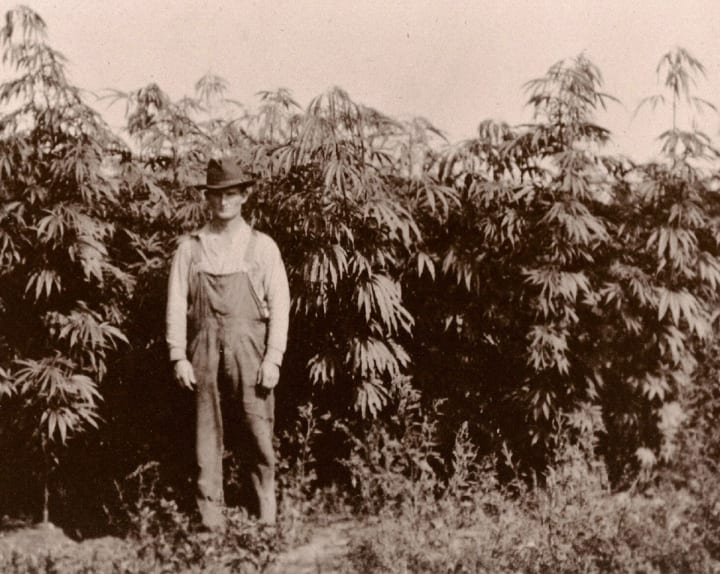
Image via Herb
Origin of Cannabis Use
From modern botany, we zoom to ancient history—in fact, to prehistory. The earliest archeological evidence of cannabis in the world comes from Neolithic China, around 4000 B.C. There is abundant evidence that cannabis was used for hemp thread, textiles, rope and fishnets. The earliest Chinese dictionary, the Erh-ya, completed in the 5th century B.C., gives the word for hemp as "MA," the word still used for fiber in general today. The ideogram depicts two tall treelike plants growing beneath or beside two lines, one vertical and one horizontal, possibly indicating the roof of a house or a drying rack. The presence of two plants reveals that the ancient Chinese were aware that male and female plants are different, important information for the farmer to have if he wanted the plants to produce plenty of seeds to plant the following year. The Erh-ya says MA was used for textile fiber and its seeds were eaten for food. The classic Shih Ching (Book of Odes, c. 700 B.C.) mentions the planting, harvesting, retting and twisting of hemp for fiber. One line is especially significant: "The MA planted by Hou Tsi grew strong and close." Not until the Han Dynasty (200 B.C.–200 A.D.) did the Chinese notice the medical uses of the plant, in the famous Herbal of Shen Nung. Here, cannabis is called "TA MA," the "Great Hemp." Soon hemp drugs in wine were being used as anesthetics in surgery. In sum, the evidence from ancient China reveals a continually increasing cultivation of hemp for textile fiber and seeds. A kind of hemp was developed that grew "strong and close," reaching the rooftop, and eventually evolved into a giant fiber species called "Great Hemp," which also produced a medicinal resin. These characteristics correspond exactly with the species now called Cannabis sativa.
In India, on the other hand, there is no evidence so far of cannabis during the Neolithic period. The earliest Indian literary reference to cannabis occurs in the Atharvaveda, a religious text of the second millennium B.C., where it is invoked as one of five small sacred herbs used "for freedom from distress." The word used there is "BHANG," which is still the name for both the cannabis plant and a delicious almond-flavored milk shake made from it. BHANG is also mentioned in the Satapatha Brahmana (c. 800 B.C.), which explains that BHANG is to be burned in a fire-pan continuously for a year by a person who wishes to undertake the building of a fire-altar, one of humanity's oldest surviving sacrificial rituals. There are occasional references to hemp fiber in Sanskrit literature, but the word usually used is SANA, which may not mean cannabis but jute or Sunn hemp. Panini, a well-known historical grammarian, notes the dust or pollen of the hemp flower, which is interesting because it calls attention to the flower tops, where the heaviest concentration of resin is found. Ancient regulations for Buddhist monks in the Maha Vagga allowed the ascetics to use BHANG as a remedy for rheumatism. One of the most incredible texts of old India is Kautilya's Arthashastra (c. 300 B.C.) which describes a network of spies throughout the Mauryan Empire that would make the CIA look silly, and mentions BHANG as an herbal ingredient in a smoke bomb used to wipe out enemies. From such references it is clear that cannabis was valued primarily as a potent drug in ancient India, and only secondarily, if at all, as a fiber source. (This would accord with modern knowledge of Cannabis indica.) There is not much to indicate the physical characteristics of the plant, except for the hint that it was relatively small, like an herb, and had interesting dust on its flower tops.
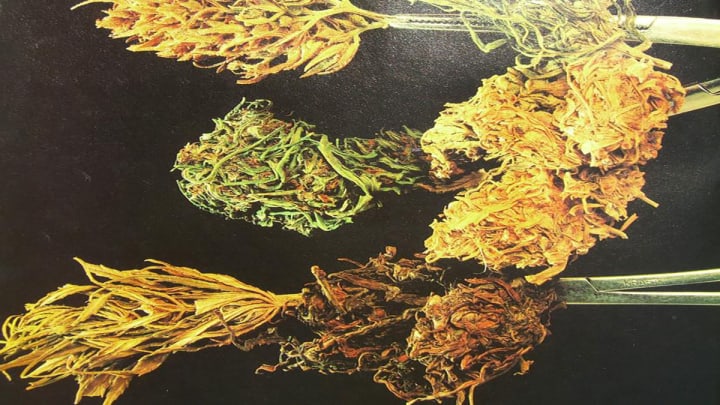
Image via International Cannagraphic
Cannabis in Central Asia
In Central Asia, where cannabis is generally thought to have originated, there is not much information about hemp until about 450 B.C., when the Greek historian Herodotus described a marijuana-smoking ceremony among the Scythians, a wild and fierce nomad tribe that roamed the steppes from Turkestan to Siberia. After the burial of a king, according to Herodotus, the Scythians would purify themselves by erecting little tipi-shaped head tents covered with rugs, creeping inside and throwing cannabis seeds on red-hot stones. "It smolders and Sends forth Such billows of smoke that no Greek steambath could surpass it. The Scythians howl with pleasure at these baths. This serves them instead of bathing, for they never wash their bodies with water." Herodotus also described the hemp (KANNABIS) of Scythia in detail: both wild and cultivated, fuller and taller than flax, it was used to make garments, and "unless one were a Master of Hemp," one could not tell whether the cloth was kannabis or linen." Thus, according to Herodotus, Scythian hemp not only produced fine cloth, but also a potent drug.
Historians used to think that this story in Herodotus was simply a tall tale. Then, in the late 1940s, archeological investigations in the Altai mountains of Siberia firmly revealed the accuracy of Herodotus' account. Deep in timber-lined Scythian tombs packed with ice for over 2,000 years were found well-preserved corpses, with little tentpoles nearby. Beneath the poles was a copper cauldron filled with stones and ice, and in the ice were actual hemp seeds, quick-frozen since about 400 B.C. The seeds were sent to Soviet botanists for identification, and were found to be those of the "variety," Cannabis ruderasis. As it was morphological characteristics of the seeds which first enabled Janischewsky to distinguish Cannabis ruderasis from other species, we may be sure this identification is correct. This is probably the "wild" kannabis of Herodotus, rather than a cultivated variety; it was probably scattered by the trails as the Scythians roamed the steppes, and gathered whenever the purifying smoke-bath ritual was required.
It would thus appear, from ancient archeological and linguistic evidence as well as from modern botanical research, that there are indeed at least three species of our favorite plant. The tall, relatively innocuous Cannabis sativa, evolved in northern Europe as a species cultivated for fiber, with copious seeds and strong threads, just as in ancient China. Cannabis indica was domesticated over an equally long period of time, by special cultivation techniques, to produce a powerful drug for religious and medicinal purposes. Cannabis ruderalis, in ancient Scythia as in the Russian steppes today, was cast by the wayside and became a sprawling wild weed, available for drug and fiber use if SO desired. All that remains of the idea that there is but one species of cannabis is European and American chauvinism—history proves otherwise.
About the Creator
Sigmund Fried
Not his real name, but he wishes it was. Wasted, waxing philosophical.


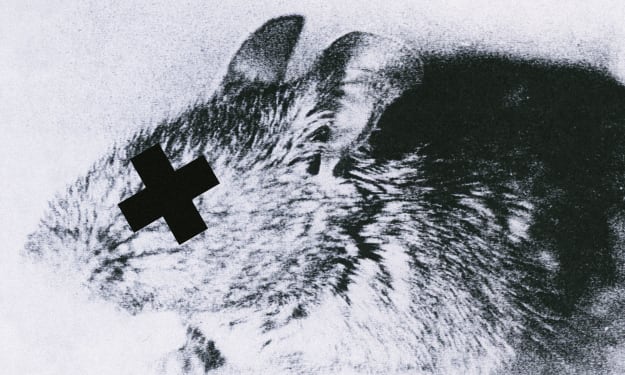
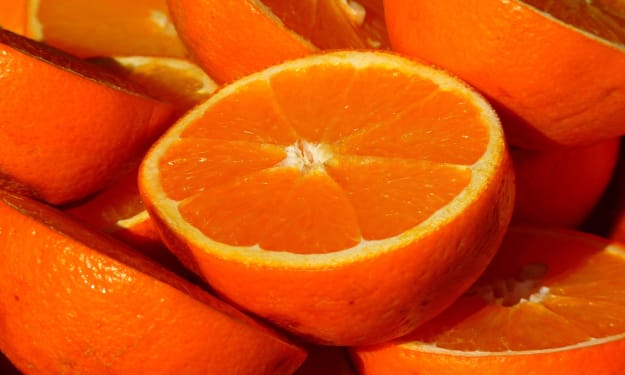


Comments (2)
Hi! I have been exploring the world of growing marijuana and it has been an interesting journey. If you are curious about growing your own, I recommend checking out autoflowering super lemon haze seeds here https://askgrowers.com/seeds/super-lemon-haze-seeds-autoflower . This strain is known for its unique citrusy flavor and uplifting effects. It is also relatively easy to grow, making it a great choice for beginners. Give it a try and see for yourself!
Hello! I am new to growing cannabis and would really like to hear advice and experience from those who are already familiar with this field. From your comments and thread, I understand that you are knowledgeable about growing hemp. If you have any helpful tips or hints, I would appreciate it if you shared them with me. Thank you in advance for your attention and possible help!